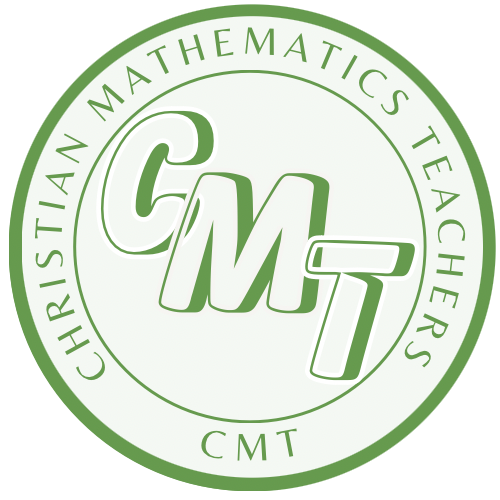The teacher outline shows teachers how to frame this unit of work from a biblical perspective using “The Big Picture” concepts outlined in the book Transformation by Design. There are big ideas, curriculum ties, and key activities that help students understand the purpose of their learning.
These framing activities will help you with the language to use throughout the unit and help you authentically answer the question, “Why are we doing this topic of work?”

Humans, made in God’s image, have created a number system in an attempt to describe the order and ‘laws’ found in God’s world.
This number system contains its own beauty. As we seek to understand the number system, it leads humankind towards an appreciation of infinity. Reflecting a God who is infinite and was present before time itself.
Negative numbers point towards infinity (in both directions); they allow us to appreciate God’s world more fully and can be used as a tool to understand ourselves and our history.
Exponential growth allows us to appreciate God’s world, care for His world, and serve in our community. Just as there are patterns of “laws” found in God’s world—within the number system created by humans—there appear to be beautiful patterns or “laws” that can be discovered, developed, and used. Index numbers also lead us to ‘wonder’ about infinity.
Irrational numbers lead us to wonder if the ‘laws of maths’ are true all the time. A deeper understanding points to infinity. On the number line, you can find two rational numbers as close together as you wish (e.g., 135/233 and 136/233), but there will always be another rational number between them. In fact, there will be a limitless number of rational numbers between any two rational numbers! Furthermore, the entire set of rational numbers leaves infinitely many gaps, called irrational numbers, in any interval on the number line.
“Do you not know?
Isaiah 40:28
Have you not heard?
The LORD is the everlasting God,
the Creator of the ends of the earth.
He will not grow tired or weary,
and His understanding no one can fathom”
